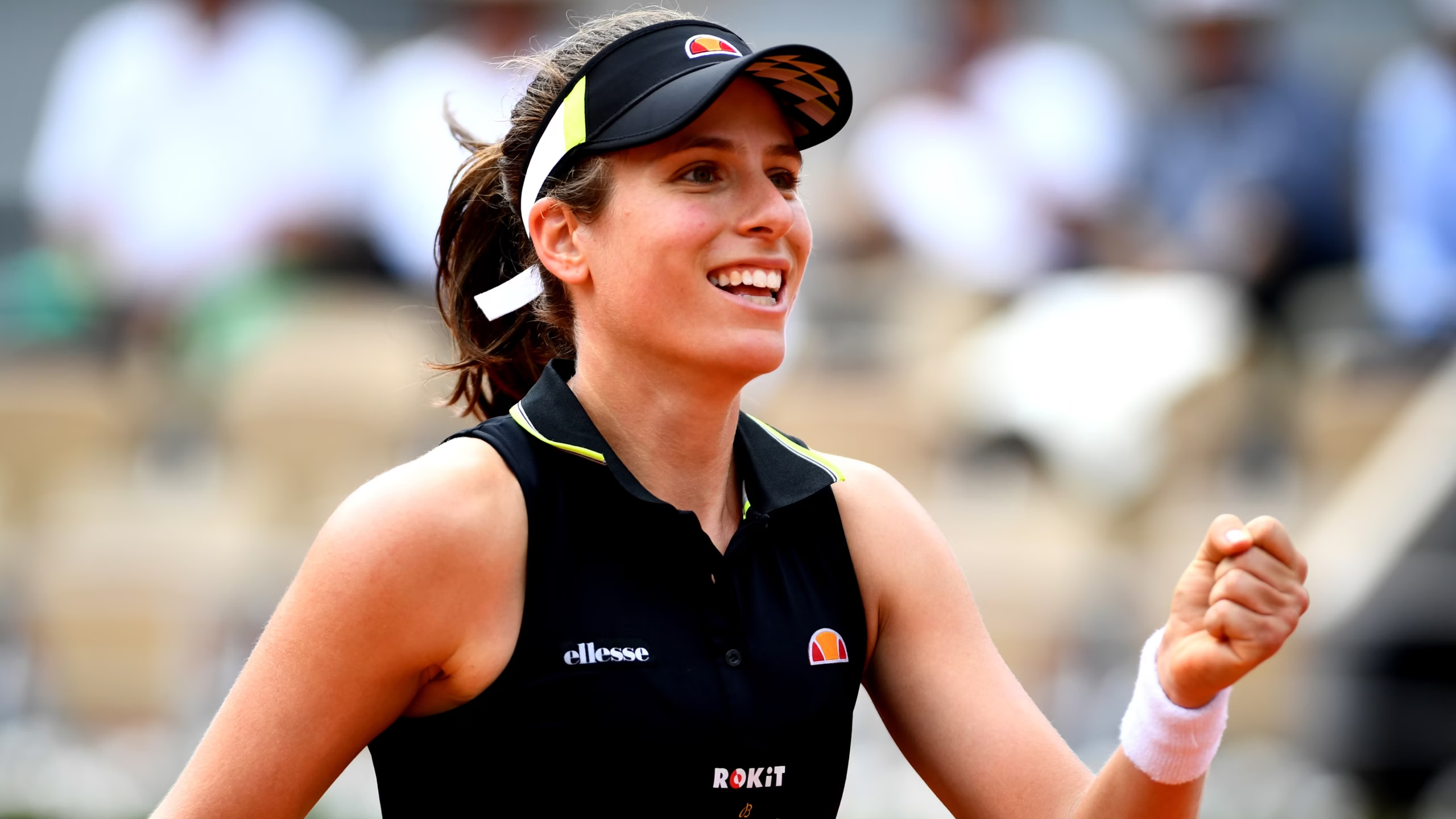
- Visual Spectacle:
- Imagine seeing Spider-Man serving a volley, or Wonder Woman hitting a backhand! The visual spectacle alone would be worth it.
- It would provide fantastic photo and video opportunities, making it perfect for social media sharing.
- Increased Participation:
- The costume element could encourage people who might not normally participate in a tennis tournament to join in.
- It creates a more relaxed and lighthearted atmosphere, reducing the pressure of competition.
- Themed Possibilities:
- There are endless possibilities for themed variations, such as:
- A “Marvel vs. DC” tournament.
- A tournament with specific superhero categories (e.g., flying superheroes, super-strong superheroes).
- Having a best costume prize.
- There are endless possibilities for themed variations, such as:
- Current trends:
- As shown by the information regarding the USTA and Marvel collaboration, the combination of superheroes and tennis is proving to be very popular.
In conclusion, a superhero-themed tennis tournament has the potential to be a hugely successful and enjoyable event.








